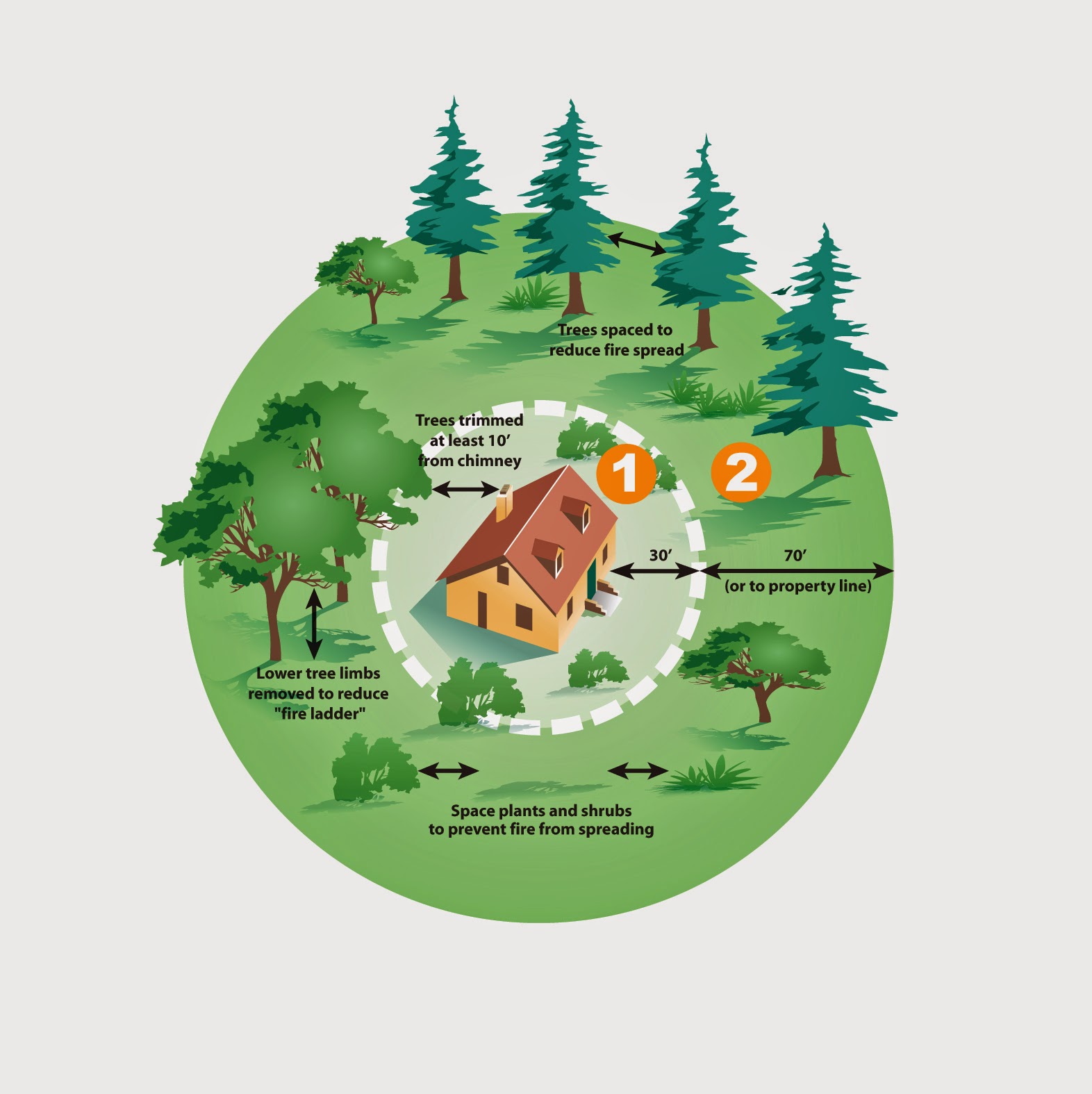 |
| Photo by Joyce D'Agostino |
It goes without saying that Colorado gardeners find that squash is one of the easiest garden vegetables to grow. In fact, about this time many gardeners are wondering what to do with their prolific summer squash that keeps producing and are running out of creative zucchini recipes.
But another squash that deserves some garden space are winter squash. They are called Winter or Fall squash not because they grow during these seasons, but they take all of the summer to grow and mature and have a long shelf life well into the fall and winter.
Examples of winter squash are Acorn, Butternut and Hubbard. These squash have deep colors and flavorful flesh which make them a great choice for cooking and baking and are full of vitamins, minerals and beta carotene with low or no fat or sugars.
If you have an abundance of fall squash, you can cook and mash the pulp and freeze as you may do for pumpkins, or you can store them whole in a cool dry location and enjoy them well into the fall and winter. Imagine your own home grown winter squash as a side dish at your Thanksgiving dinner!
Here are a few helpful fact sheets that give you more information about growing, harvesting and storing these beneficial vegetables:
 |
| Photo by Joyce D'Agostino |








